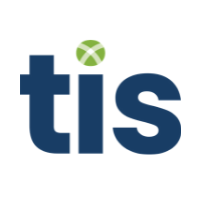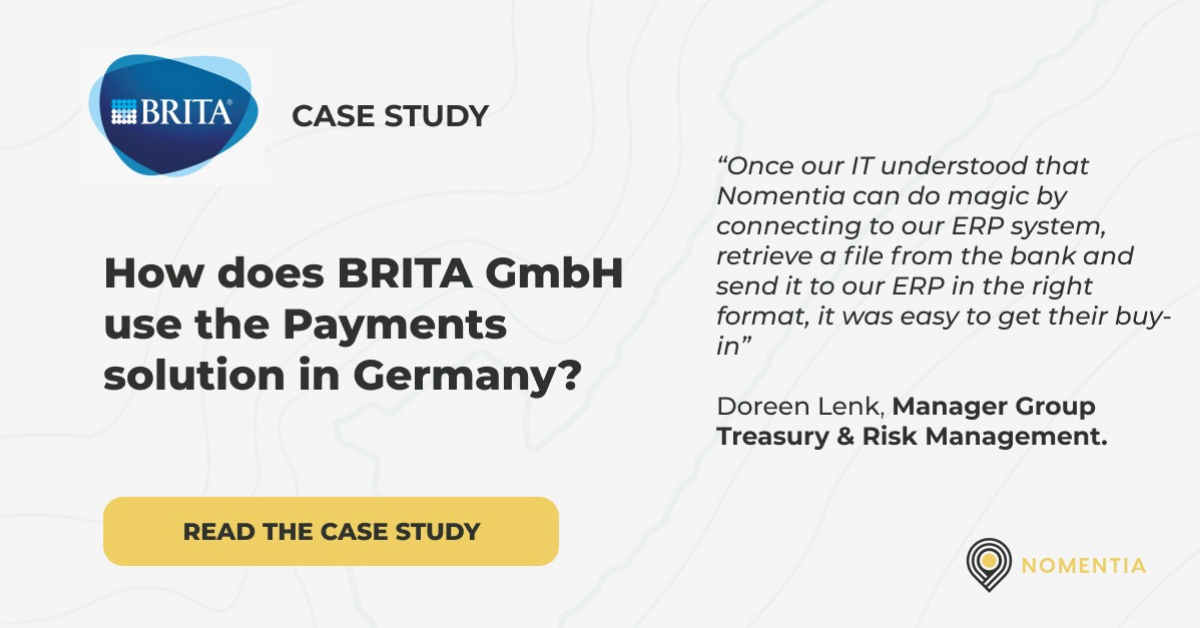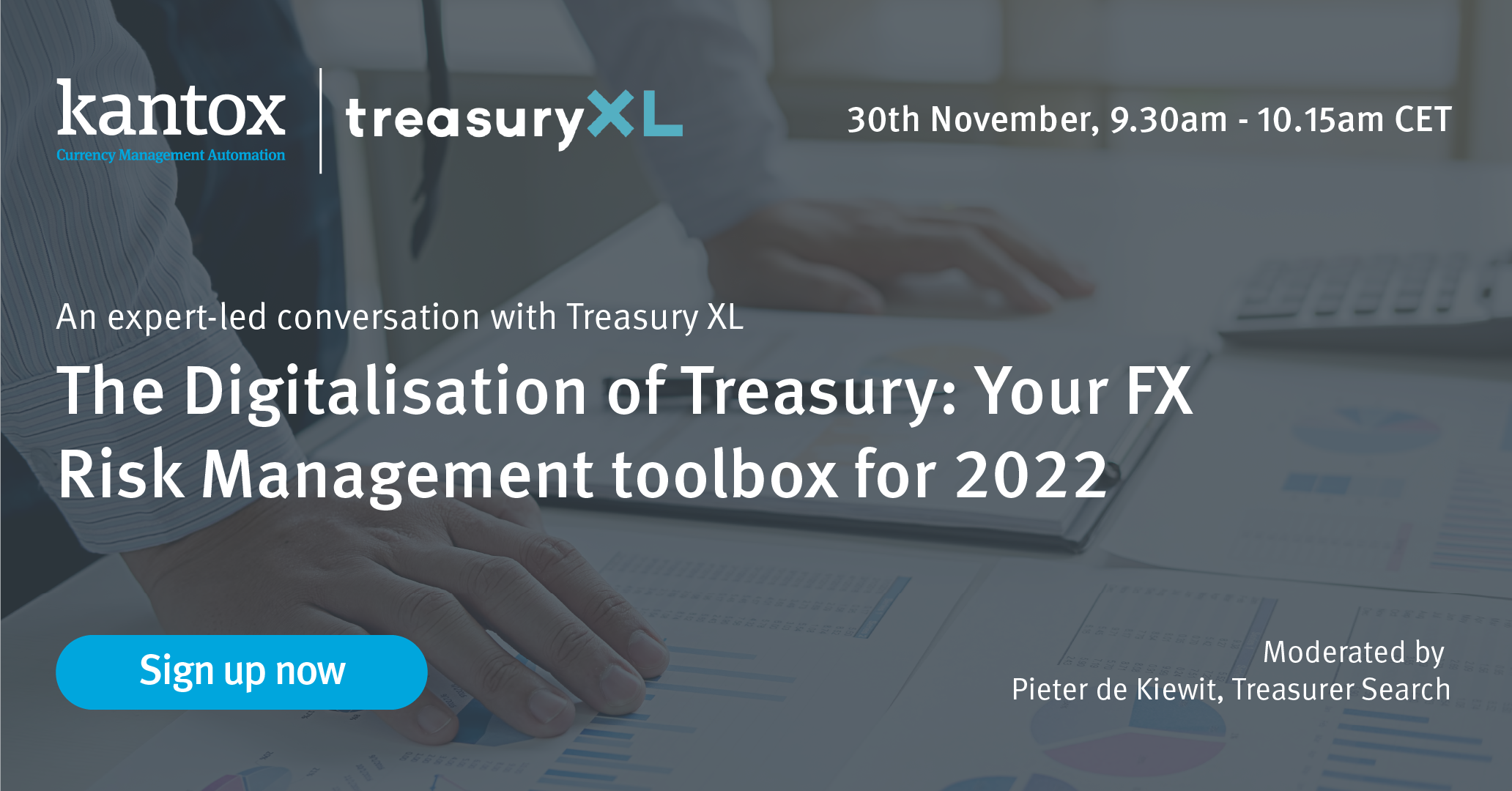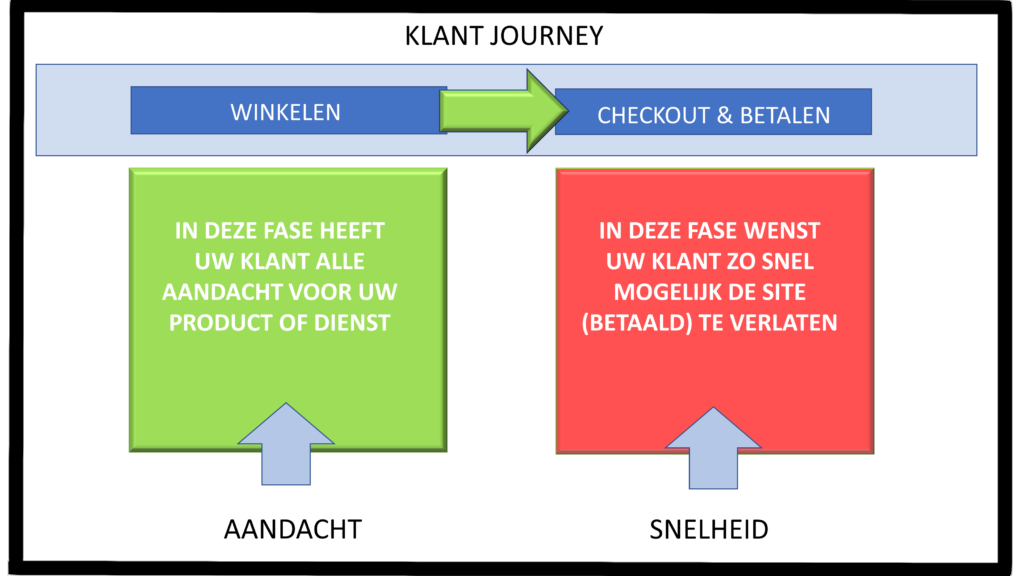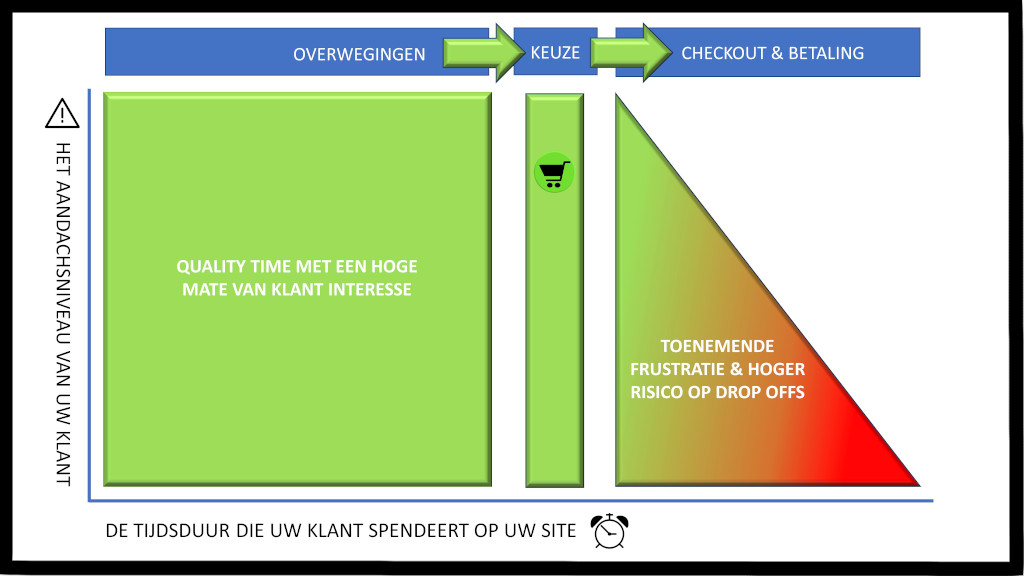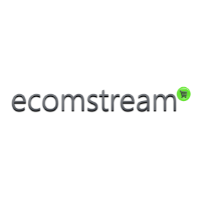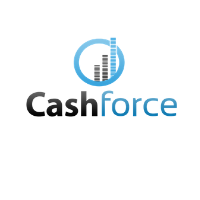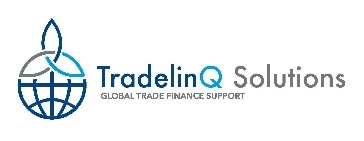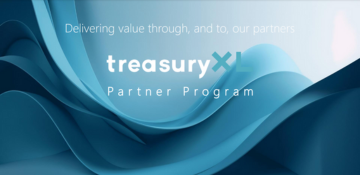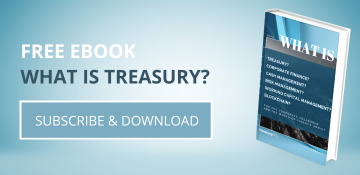08-11-2021| treasuryXL | TIS | LinkedIn
In the early 2000s, a team of German banks began collaborating on a project to simplify and harmonize corporate payment processes across Europe. After several years of development, the Electronic Banking Internet Communication Standard (EBICS) was released and has since become a critical component of Europe’s broader corporate payments infrastructure — particularly within Germany, France, Austria, and Switzerland. With regards to the EBICS protocol, one feature of particular interest to corporates is VEU – meaning “Verteilte Elektronische Unterschrift”. In English, the abbreviation EDS is used, which stands for Electronic Distributed Signature. In this blog, a technical summary and sample use case of EDS are provided in order to demonstrate the security and data quality-related benefits for corporates and banks. For more information on EDS, you can also download EBICS’ recent technical whitepaper, which is linked here (download the PDF marked “Final” and see page 148).

A Recap of EBICS: 16+ Years of Bringing Structure to European B2B Payment Standards
For those who may be unfamiliar, the Electronic Banking Internet Communication Standard (EBICS) is a German-based transmission protocol that helps regulate the standards and formats that many European banks (including those in France, Switzerland, Germany, Austria, and other regions of the Single Euro Payments Area (SEPA)) use for transmitting corporate financial and payments information between one another.
When the EBICS standard was first launched in 2005, it aimed to create a more secure way for banks to manage corporate payments and data workflows across Europe. Although several other standards already existed at the time, EBICS has since proven to be a superior standard and has become the leading protocol for conducting corporate payments in Europe. Today, EBICS is also widely considered as the role model for progress towards standardized corporate SEPA payments.
In the years following its formation, EBICS has continued releasing updates to their financial messaging and payment standards as the European business and banking landscape evolves. This is done in order to provide the highest level of data quality, security, and privacy for all the participants in a transaction, including the financial institutions, their corporate clients, and any associated vendors, suppliers, and partners.
As part of these updates, EBICS introduced the Electronic Distributed Signature (EDS) – also known as Distributed Electronic Signature (DES) – to allow orders and transactions to be authorized by multiple users and participants, even if they are operating at different companies or in unique locations and time-zones.
Using EDS, an order or transaction remains stored in an initiating bank’s processing system until either the necessary number of signatures with suitable authorization have been received, a time limit set by the bank’s computer system has been exceeded, or the order is cancelled by the responsible parties.
This process was introduced by EBICS in order to strengthen the controls used by organizations and institutions for initiating and approving large or complex payments within Europe. Today, it enjoys broad usage throughout the SEPA region and is considered a standard practice when conducting B2B payments.
Who Benefits from Using the EDS Capability?
EDS is most helpful for organizations that have users and personnel working remotely, or from offices in diverse locations and regions. It is also advantageous for companies that routinely pay hundreds or thousands of suppliers and business partners and that are subsequently at a higher risk of payments fraud. In practice, EDS enables a broader degree of control and oversight on payments by allowing signers from any company, location, or branch to each independently verify and approve an order before it is processed by the bank. At the same time, using EBICS provides a greater level of underlying remittance data for each transaction compared to other payment standards, which aids the participating banks and corporates in confirming the exact nature and status of each order.
Integrating EDS to a company’s banking and payment landscape is usually handled directly within the payment platform used for transmitting payment instructions to the bank. For instance, a corporate that uses a TMS for executing Euro payments could access the EDS standard directly in the TMS, but they would also be able to rely on the initiating bank for additional oversight. For each payment initiated through EDS, the rules of submission can also be customized, and the fulfillment can be tracked automatically by each party and signer. While processing the order, there are also designated pathways for viewing the order status and alerting inactive signers that the transaction requires their approval.
Utilizing the EBICS EDS Capability Through TIS
When combined with TIS’ other data, system, and payment security measures, using EDS adds an additional layer of control for our banks and enterprise customers, as well as their suppliers and partners. For organizations that maintain an active presence in Europe, utilizing the EDS capability is also recommended in order to remain compliant with EBICS’ latest standards for payment processing, data quality, and information security.
More information about other security and data privacy tactics employed by TIS can be found here.
For TIS customers, the EDS capability is available for EBICS payments as a standard service. This means that multiple users, even those from different organizations, can view and authorize one single order. It also enables the provision of the first and/or second signature for electronic payment transactions to take place from completely separate locations. The authorized signatory is thus able to check and authorize the payment transaction orders provided from other branches or systems directly within the TIS platform. Authorized users can find the Distributed ES (VEU) option under Administration > Bank Transaction Manager Settings > EBICS > Download Configuration; the orders will be visible in the BTM Monitor.
The EDS-specific data available through TIS includes the number of outstanding signatures required before an order is processed, the list of approved and pending signatures, and also details regarding the timeframe for signatories to approve the payment before it is automatically halted by the bank. The underlying remittance information on each order is also provided to users through TIS as a standard service.
However, this information will only be visible to authorized users that are responsible for overseeing and executing the relevant orders; these settings can be configured by admins in the TIS system.
For our enterprise and multinational clients, EDS is particularly helpful in instances where the payment approvers are globally distributed (such as with remote finance and treasury teams), or when making supplier payments to a diverse range of beneficiaries. This is because signatories from all parties and locations can authenticate and verify each transaction before it is processed, thereby adding an additional layer of security to the standard payment approval process. These benefits have been particularly important for organization in the real estate industry, as the parties in a transaction are often distributed across multiple regions and there are commonly numerous stakeholders involved in each payment. An overview of how EDS has impacted real estate can be found in our recent whitepaper, attached here.
About TIS
TIS is reimagining the world of enterprise payments through a cloud-based platform uniquely designed to help global organizations optimize outbound payments. Corporations, banks and business vendors leverage TIS to transform how they connect global accounts, collaborate on payment processes, execute outbound payments, analyze cash flow and compliance data, and improve critical outbound payment functions. The TIS corporate payments technology platform helps businesses improve operational efficiency, lower risk, manage liquidity, gain strategic advantage – and ultimately achieve enterprise payment optimization.
Visit tis.biz to reimagine your approach to payments.
